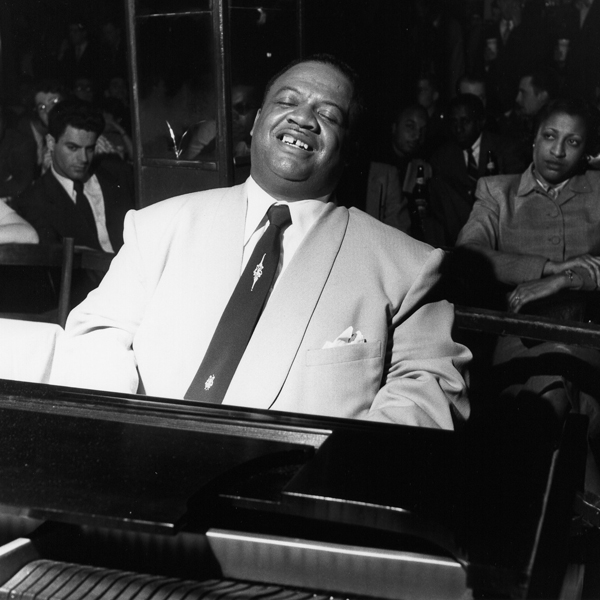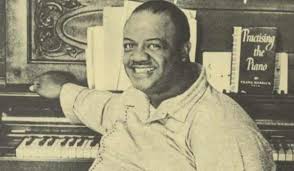Meade Lux Lewis was one of the most influential pianists of the boogie-woogie genre, known for his energetic playing style and signature compositions that helped shape the blues and jazz landscape of the early 20th century. His innovative approach to piano playing cemented his place as a pioneer of boogie-woogie music and left an enduring legacy in American musical history.
Early Life and Musical Beginnings
Born on September 4, 1905, in Chicago, Illinois, Meade Anderson Lewis, later known as Meade Lux Lewis, grew up in a musically inclined family. Although he initially played the violin, he later switched to the piano, inspired by boogie-woogie great Jimmy Yancey. His passion for music grew as he developed his signature rolling basslines and infectious rhythms.
Lewis began performing in Chicago clubs in the 1920s, immersing himself in the blues and jazz scenes that were thriving in the city. During this period, he met fellow pianists Albert Ammons and Pete Johnson, forming a trio that would later help popularize boogie-woogie on a national scale.
“Honky Tonk Train Blues” and Rise to Fame
In 1927, Lewis recorded his most famous composition, Honky Tonk Train Blues, a dynamic piece that perfectly showcased his rhythmic mastery and fast-paced playing. However, the recording did not gain widespread recognition at the time, and Lewis continued working as a taxi driver while playing music on the side.
His big break came in the late 1930s when record producer John Hammond rediscovered his music and invited him to perform at the historic “Spirituals to Swing” concert at Carnegie Hall in 1938. Alongside Ammons and Johnson, Lewis wowed audiences with his electrifying performance, leading to a boogie-woogie revival and a surge in popularity for the genre.
Career Highlights and Legacy
Following the Carnegie Hall concert, Lewis recorded extensively for major record labels, including Blue Note and Victor, and toured widely. He became a fixture in jazz clubs, performing across the United States and Europe, and even appeared in Hollywood films showcasing his lively piano style.
Throughout the 1940s and 1950s, Lewis continued to record and innovate within the boogie-woogie genre. He experimented with different tempos and styles, blending jazz and blues influences into his compositions. His ability to captivate audiences with his powerful left-hand basslines and intricate right-hand melodies made him a standout performer of his time.
Unfortunately, Lewis’s career was cut short when he passed away in a car accident on June 7, 1964. Despite his untimely death, his contributions to blues and jazz remain significant, influencing countless pianists and musicians who followed in his footsteps.
Influence and Recognition
Meade Lux Lewis’s impact on music is undeniable. His recordings, especially Honky Tonk Train Blues, continue to inspire musicians and fans of blues, jazz, and boogie-woogie. He played a crucial role in bringing boogie-woogie to mainstream audiences and helped establish it as a fundamental part of American music history.
Today, Lewis is remembered as one of the greatest boogie-woogie pianists of all time, a musician whose legacy lives on through his recordings and the generations of artists he influenced. His energetic and soulful piano playing remains a testament to the power and joy of boogie-woogie music.


Comments are closed